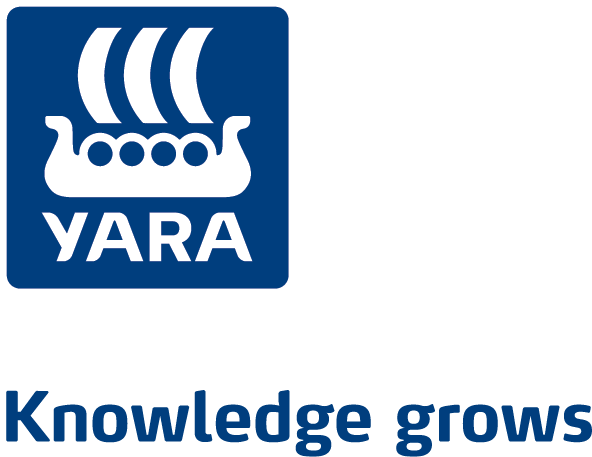How to increase the selenium content of grass
Grazing animals have different requirements for micronutrients to those that are required for grass growth. Selenium is an essential nutrient for animals but is not widely recognised as a plant nutrient so it is important to ensure sufficient is present in the grass to meet the animals' needs.
Selenium levels in grass are often too low
Previous studies have revealed approximately 90% of samples were either very low or low in their selenium status. Most recently in 2014 in the UK Grass Prix competition all samples were below the 0.1 ppm guideline, with the average below 0.04 ppm. Cows feeding on this would be unlikely to maintain their blood selenium content above the typical guide of 0.1 mg/g blood. Supplementation in the diet is thus needed to maintain the animals health.
Plants take up selenium as the selenate (SeO42-) or selenite (SeO32-) ions. Selenate is the form more easily taken up and therefore its inclusion in fertiliser makes it an ideal method of fortifying grass to achieve the daily intake requirements. Following uptake it is incorporated into amino acids and proteins, in these forms, the selenium is available to the livestock. This is a very efficient way of transferring selenium into the blood of the animal.
Applying fortified fertilisers increases selenium levels in forage
A farm trial conducted in Kildare, Ireland compared the selenium levels in grass treated with either a standard NPK fertiliser (YaraMila Supergrass) with an NPK fertiliser containing Selenium (YaraMila Stock Booster). The levels of Selenium in the YaraMila Stock Booster treatments increased in the first cut silage by 275% and in the second cut by 450%.
A demonstration trial conducted at the Grass Tec event near Elgin, Scotland compared the selenium levels in grass treated with either a standard NPK fertiliser (YaraMila Sulphur Cut) with an NPK fertiliser containing selenium (YaraMila Stock Booster) or a straight nitrogen fertiliser containing selenium (YaraBela Nutri Booster). The levels of selenium in the YaraMila Stock Booster and YaraBela Nutri Booster treatments increased significantly, by on average over 500% and 900% respectively.
A farm trial conducted on the Glenbervie Estate in Scotland compared the selenium levels in grass treated with either a standard NPK fertiliser (YaraMila Sulphur Cut) with an NPK fertiliser containing selenium (YaraMila Stock Booster). The levels of selenium in the YaraMila Stock Booster treatments increased by over 900%.
Fertilisers containing both macronutrients for plant growth and micronutrients for improved animal health are available and should be consider when developing strategies to tackle these fundamental issues. This will ensure that the grass continues to be the best value feed available to the livestock.
Recommended Yara fertilisers containing selenium
Related articles
How to improve grassland quality
The three aspects to grassland and pasture quality are sward quality, nutritional quality and animal health.
Grazing fertiliser programmes
Yara's grassland fertiliser grazing programmes provide all the essential nutrients for a healthy crop of grazed grass and additionally can supply the selenium requirements for grazing livestock.
Silage fertiliser programmes
Yara's grassland fertiliser silage programmes provide all the essential nutrients for a healthy crop of conserved or ensiled grass and additionally can supply the selenium requirements for livestock.






















































